Encouraging verbal participation in students with Autism Spectrum Disorder (ASD) can be an ongoing process. Sentence strips offer a valuable tool to bridge the gap between a student’s thoughts and verbal expression. This strategy provides a structured format for students to engage in classroom discussions, share observations, and develop commenting skills.
What are Sentence Strips?
Sentence strips are simply pieces of paper with pre-written phrases or sentence starters. These can be customized to target specific commenting goals, vocabulary development, or answer prompts within a particular activity.
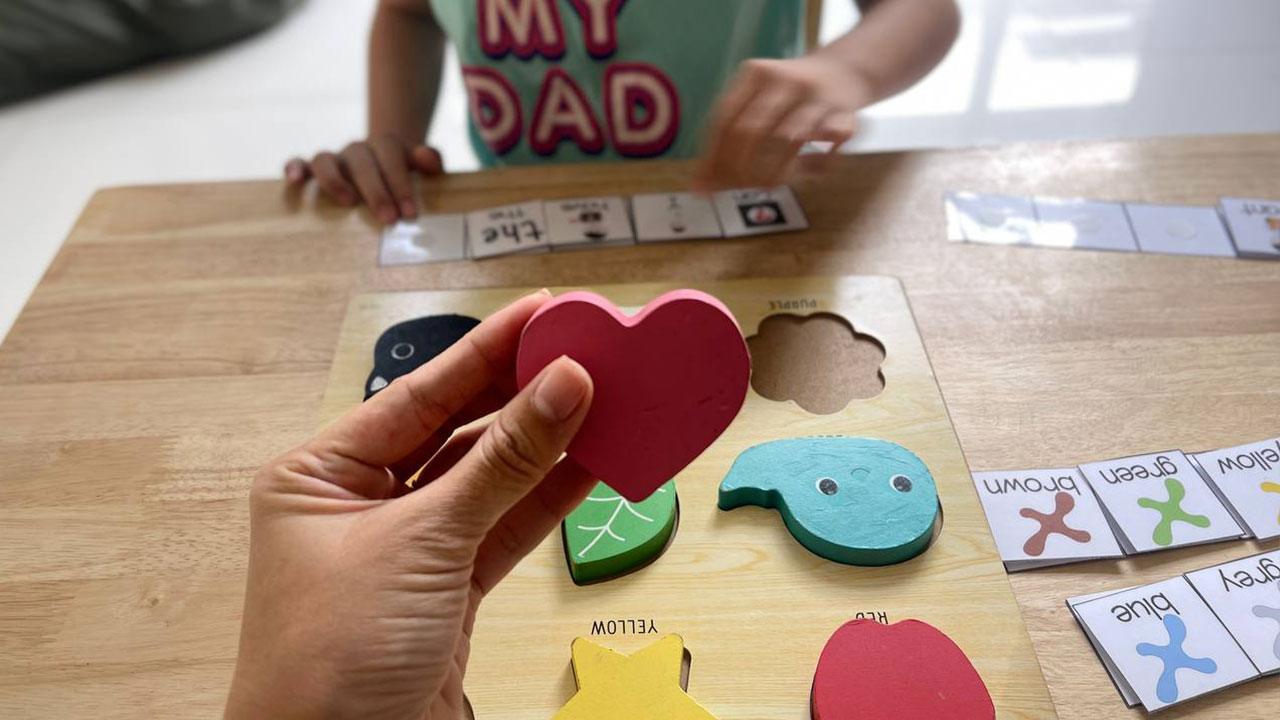
Benefits of Sentence Strips for Students with ASD:
- Reduced Processing Demands: Sentence strips alleviate the pressure of formulating a complete sentence from scratch. This allows students to focus on the core concept they want to communicate.
- Visual Cues and Reinforcement: The written format provides a visual reference for students who may struggle with auditory processing. Seeing the words can solidify understanding and encourage participation.
- Increased Confidence: Sentence strips offer a sense of security and control, allowing students to participate at their own pace. This can lead to increased confidence and willingness to engage in verbal interactions.
- Vocabulary Expansion: Sentence strips can introduce new vocabulary words and sentence structures in a scaffolded manner. Repeated exposure helps students integrate these elements into their own communication.
Implementing Sentence Strips in the Classroom:
-
Identify Commenting Goals:
Start by pinpointing specific commenting skills you want to target. Is it describing objects, expressing preferences, or responding to questions? Tailoring sentence strips to these goals ensures focused practice. -
Create Engaging Sentence Strips:
Use clear, concise language and visuals that resonate with students’ interests. Pictures or symbols alongside words can further enhance understanding. Consider involving students in creating their own sentence strips as they progress. -
Model and Practice:
Demonstrate how to use the sentence strips by thinking aloud and modeling appropriate comments. Provide ample opportunities for students to practice with the strips during various classroom activities. -
Fading Prompts:
As students gain confidence, gradually fade the level of support provided by the sentence strips. Start with more structured prompts and slowly transition to shorter, open-ended sentence starters. -
Positive Reinforcement:
Acknowledge and celebrate all attempts at communication, regardless of the complexity. Positive reinforcement encourages continued participation and motivates students to refine their commenting skills.
Beyond the Classroom:
Sentence strips can be a versatile tool that extends beyond the classroom setting. Encourage parents and caregivers to incorporate them into daily routines to promote generalization of commenting skills. For example, sentence strips with phrases like “I see a…” or “I like the…” can be used during walks or playtime to prompt observations and descriptions.
Sentence strips can be a powerful strategy to unlock student voices in a classroom setting. By providing structure, promoting confidence, and fostering vocabulary development, these simple tools can empower students with ASD to actively participate and share their unique perspectives.
Encouraging verbal participation in students with Autism Spectrum Disorder (ASD) can be an ongoing process. Sentence strips offer a valuable tool to bridge the gap between a student’s thoughts and verbal expression. This strategy provides a structured format for students to engage in classroom discussions, share observations, and develop commenting skills.
What are Sentence Strips?
Sentence strips are simply pieces of paper with pre-written phrases or sentence starters. These can be customized to target specific commenting goals, vocabulary development, or answer prompts within a particular activity.

Benefits of Sentence Strips for Students with ASD:
- Reduced Processing Demands: Sentence strips alleviate the pressure of formulating a complete sentence from scratch. This allows students to focus on the core concept they want to communicate.
- Visual Cues and Reinforcement: The written format provides a visual reference for students who may struggle with auditory processing. Seeing the words can solidify understanding and encourage participation.
- Increased Confidence: Sentence strips offer a sense of security and control, allowing students to participate at their own pace. This can lead to increased confidence and willingness to engage in verbal interactions.
- Vocabulary Expansion: Sentence strips can introduce new vocabulary words and sentence structures in a scaffolded manner. Repeated exposure helps students integrate these elements into their own communication.
Implementing Sentence Strips in the Classroom:
-
Identify Commenting Goals:
Start by pinpointing specific commenting skills you want to target. Is it describing objects, expressing preferences, or responding to questions? Tailoring sentence strips to these goals ensures focused practice. -
Create Engaging Sentence Strips:
Use clear, concise language and visuals that resonate with students’ interests. Pictures or symbols alongside words can further enhance understanding. Consider involving students in creating their own sentence strips as they progress. -
Model and Practice:
Demonstrate how to use the sentence strips by thinking aloud and modeling appropriate comments. Provide ample opportunities for students to practice with the strips during various classroom activities. -
Fading Prompts:
As students gain confidence, gradually fade the level of support provided by the sentence strips. Start with more structured prompts and slowly transition to shorter, open-ended sentence starters. -
Positive Reinforcement:
Acknowledge and celebrate all attempts at communication, regardless of the complexity. Positive reinforcement encourages continued participation and motivates students to refine their commenting skills.
Beyond the Classroom:
Sentence strips can be a versatile tool that extends beyond the classroom setting. Encourage parents and caregivers to incorporate them into daily routines to promote generalization of commenting skills. For example, sentence strips with phrases like “I see a…” or “I like the…” can be used during walks or playtime to prompt observations and descriptions.
Sentence strips can be a powerful strategy to unlock student voices in a classroom setting. By providing structure, promoting confidence, and fostering vocabulary development, these simple tools can empower students with ASD to actively participate and share their unique perspectives.
Find out if your child needs extra support today!
- My child screams hysterically
- My child is mean to other children
- My child is always worried
- My child is scared to go to school
- My child is scared of loud noises
- My child doesn’t know how to read
- My child is scared to play outside
- My child does not respond to his name
- My child always gets in trouble
- My child fights with other children
- My child doesn’t know how to count
If you are concerned about your child’s development, contact us for Assessments: Phone/Telegram: 077.455.993 – Telegram Link: https://t.me/OrbRom
If you are concerned about your child’s development, contact us for Assessments.
Phone/Telegram: 077.455.993 Link: https://t.me/OrbRom

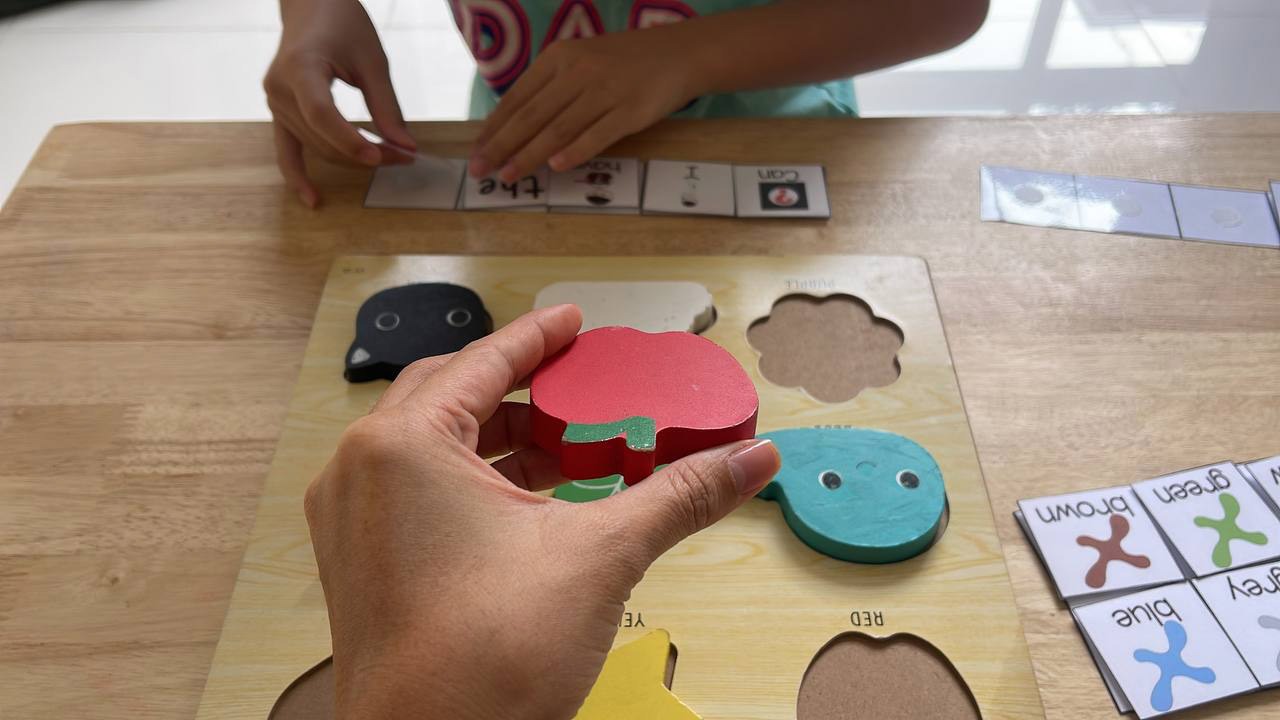
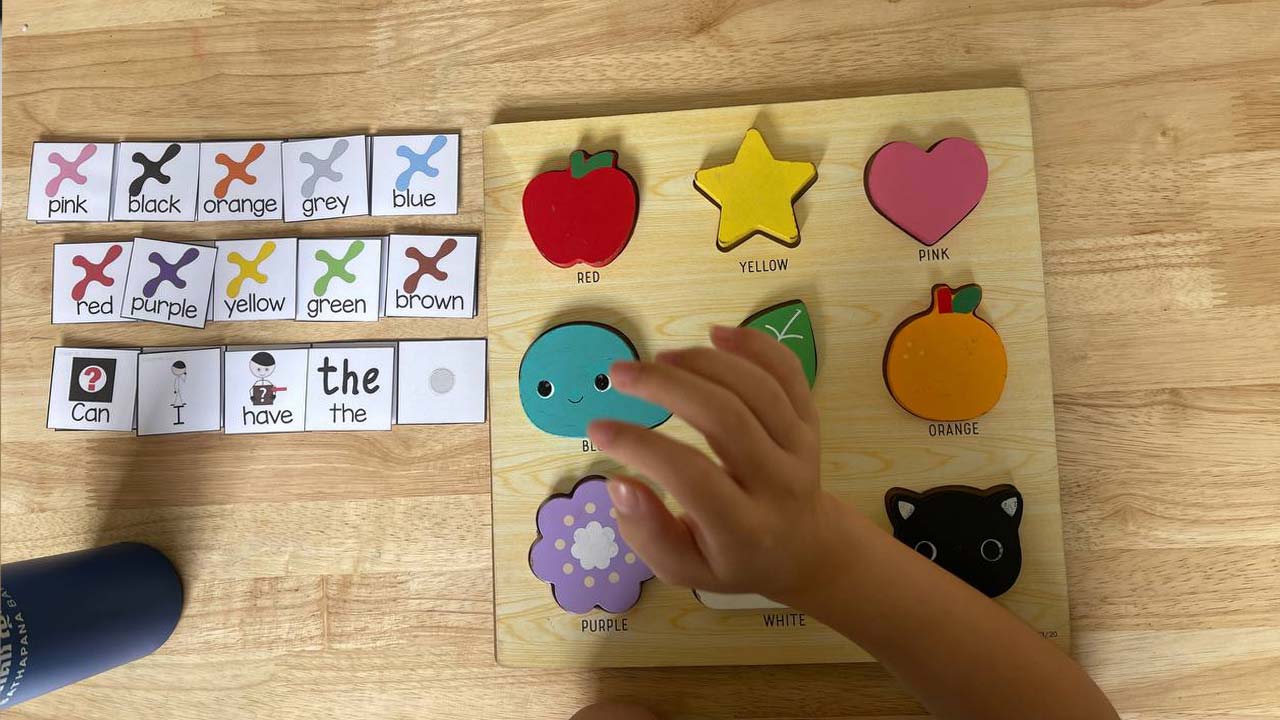
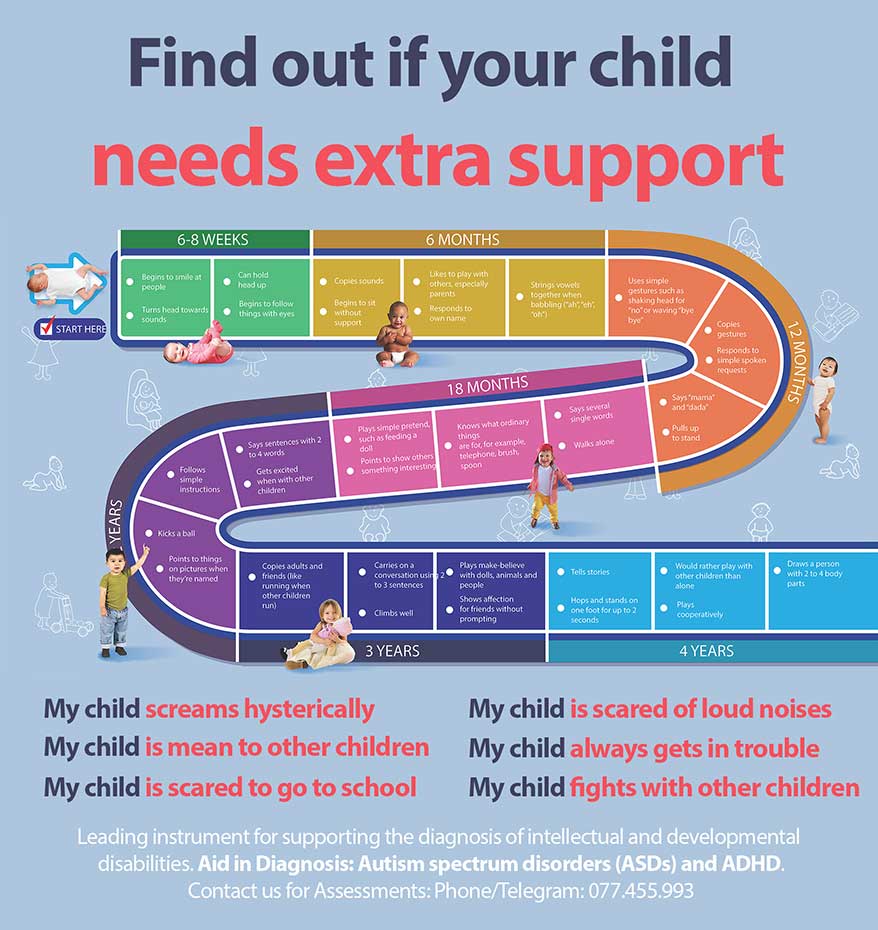
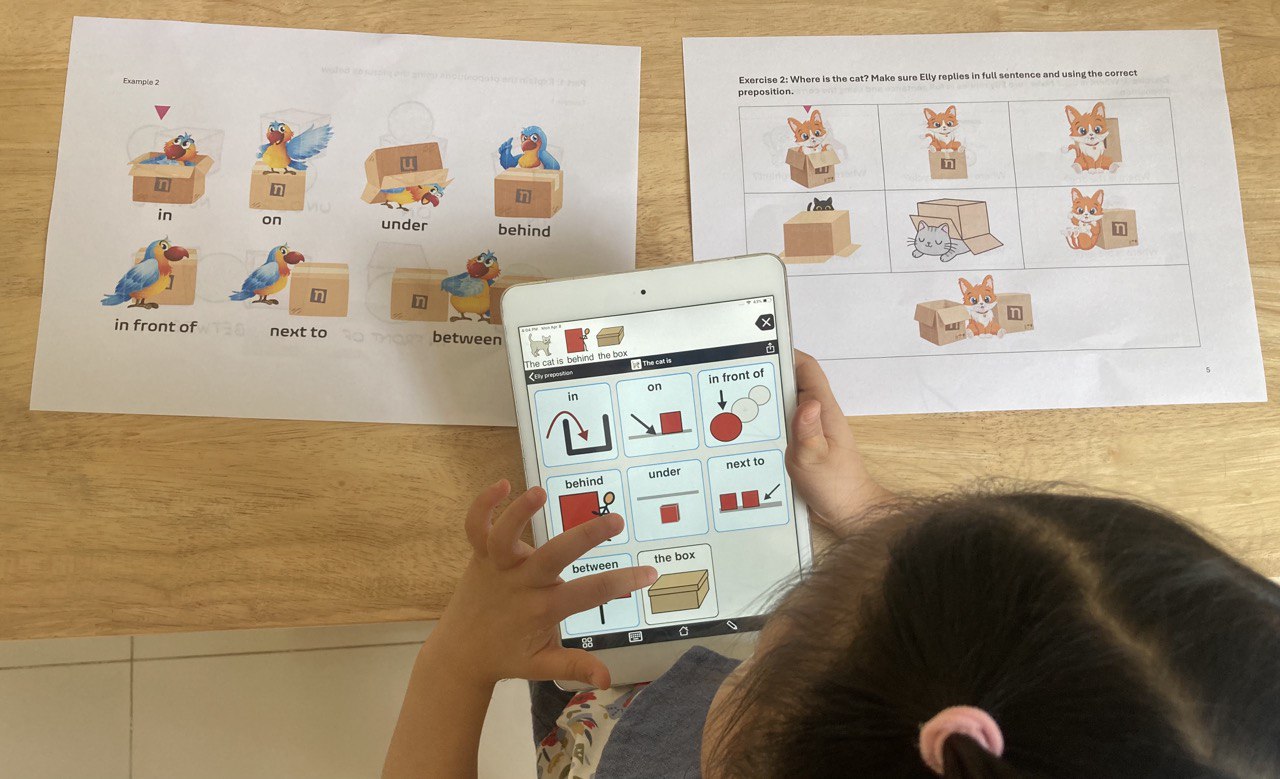

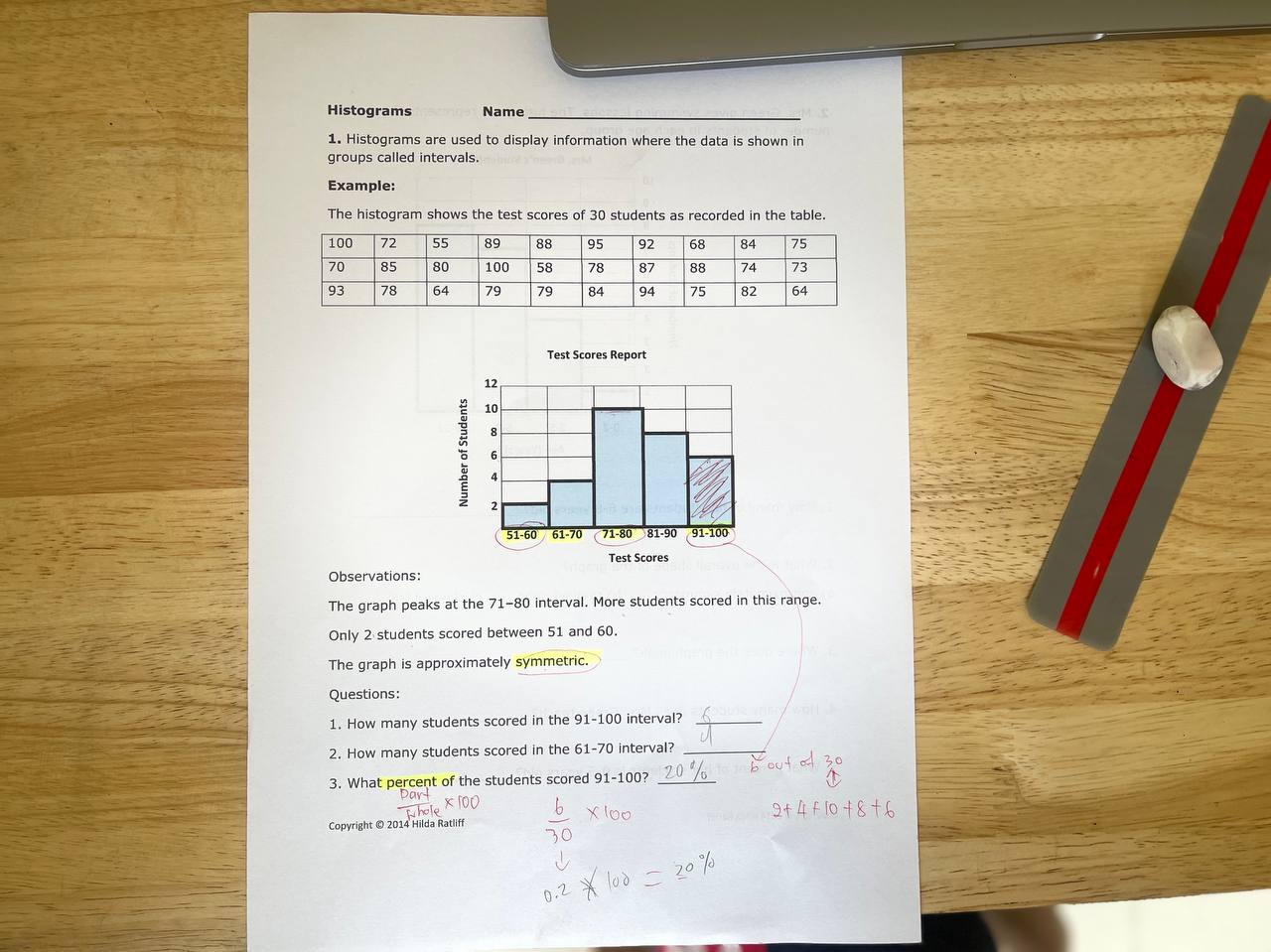
Leave A Comment